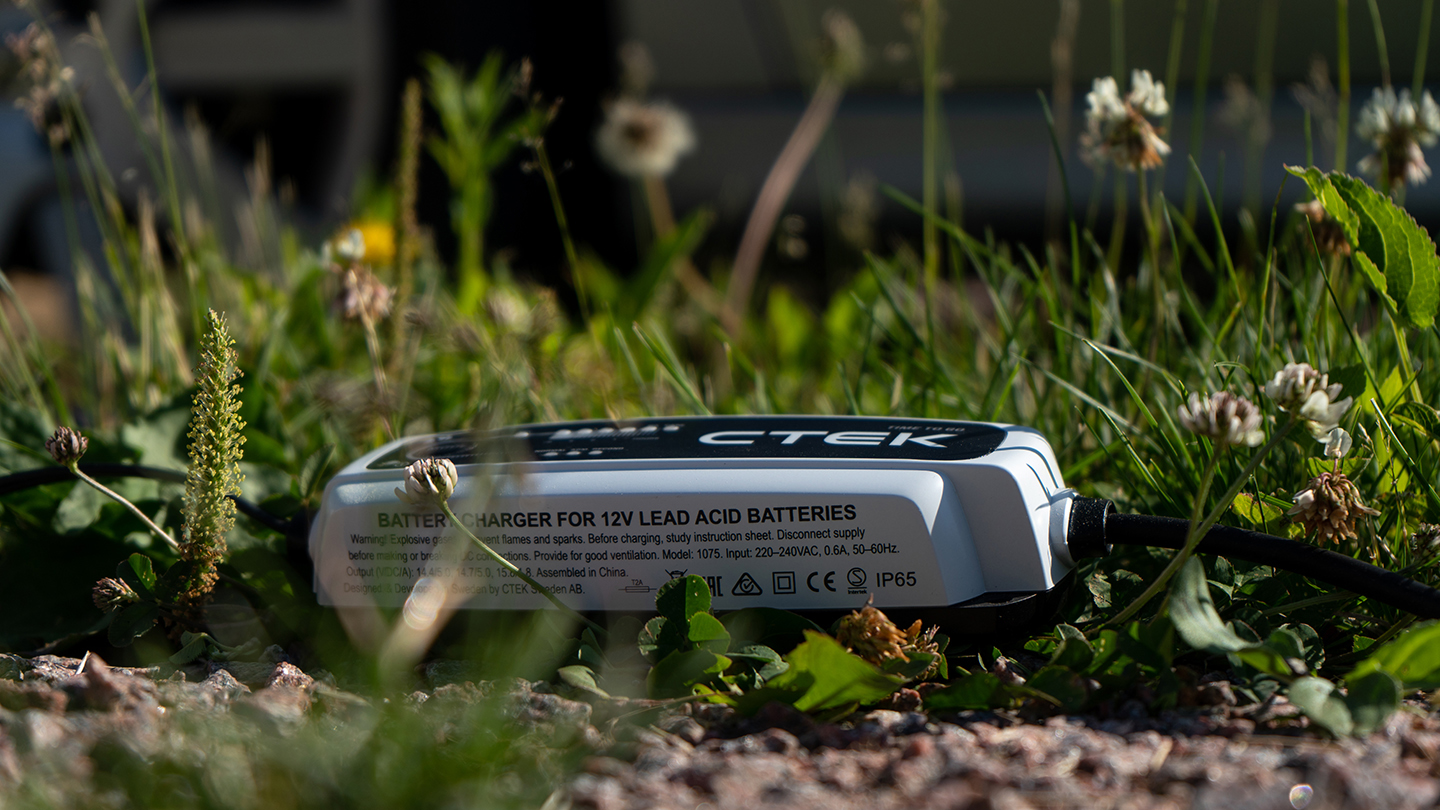The performance and lifespan of lead-acid batteries is seriously inhibited when exposed to temperature extremes, so as we start to see much warmer temperatures, you need to remember that battery maintenance during the summer is essential for the wellbeing of the battery.
It’s easy to forget the battery during the warmer summer months because it doesn’t have to work as hard to get the vehicle started. It’s worth remembering however that there are still high-power demands from modern vehicles, the drain from parasitic loads such tracking devices and alarms, along with air conditioning, electric windows, sunroofs etc. mean that the battery is still being put through its paces.
If the battery is undercharged during the warmer weather, it will still probably be able to start the vehicle as it doesn’t need as much energy to get the engine started. Motorists don’t realise therefore that their battery is becoming discharged, resulting in a flat battery at the end of the summer, the moment temperatures begin to drop.
During the summer months, the battery is faced with a different set of challenges....
Sulphation: occurs when the battery is left undercharged, something that many only address during the winter. This happens when the battery is left undercharged. The electrolyte solution begins to break down, converting into lead sulphate crystals that coat the battery plates, reducing the batteries ability to accept and hold a charge. Don’t leave your battery purely in the hands of your alternator that will probably charge the battery to 80% capacity, then factor in alarms, trackers etc. and even during regular summer use there is a risk that your battery could become discharged.
Overheating: delivering an uncontrolled charge risks fluid loss through overheating or ‘boiling’, the battery will become unusable due to dried-out cells - if ambient temperatures go above 25 degrees celcius and above, batteries should be charged at a lower voltage to avoid this.
Drying out: to make things slightly more complicated, don’t overcharge the battery. Modern ‘maintenance free’ batteries can easily dry out and/or the plates could become damaged, a common problem with batteries that are left attached to an old technology trickle type charger or are connected to a charger that is too powerful for the battery.
The answer is to regularly charge your battery with an intelligent or ‘Smart’ battery charger. The CTEK MXS 5.0 smart charger for example automatically adjusts the charging rate, based on ambient temperature, to ensure ideal charging in extreme hot or cold weather conditions. Cold batteries need a higher charge voltage in order to push current into the battery plates and electrolyte, while warmer batteries require a lower charge voltage to eliminate potential damage to cells and prevent overcharging.
Don’t forget to look after your vehicle battery this summer to protect against battery failure at the end of the summer when temperatures drop. For more information about batteries and battery charging visit our dedicated SKILLBASE education pages.

